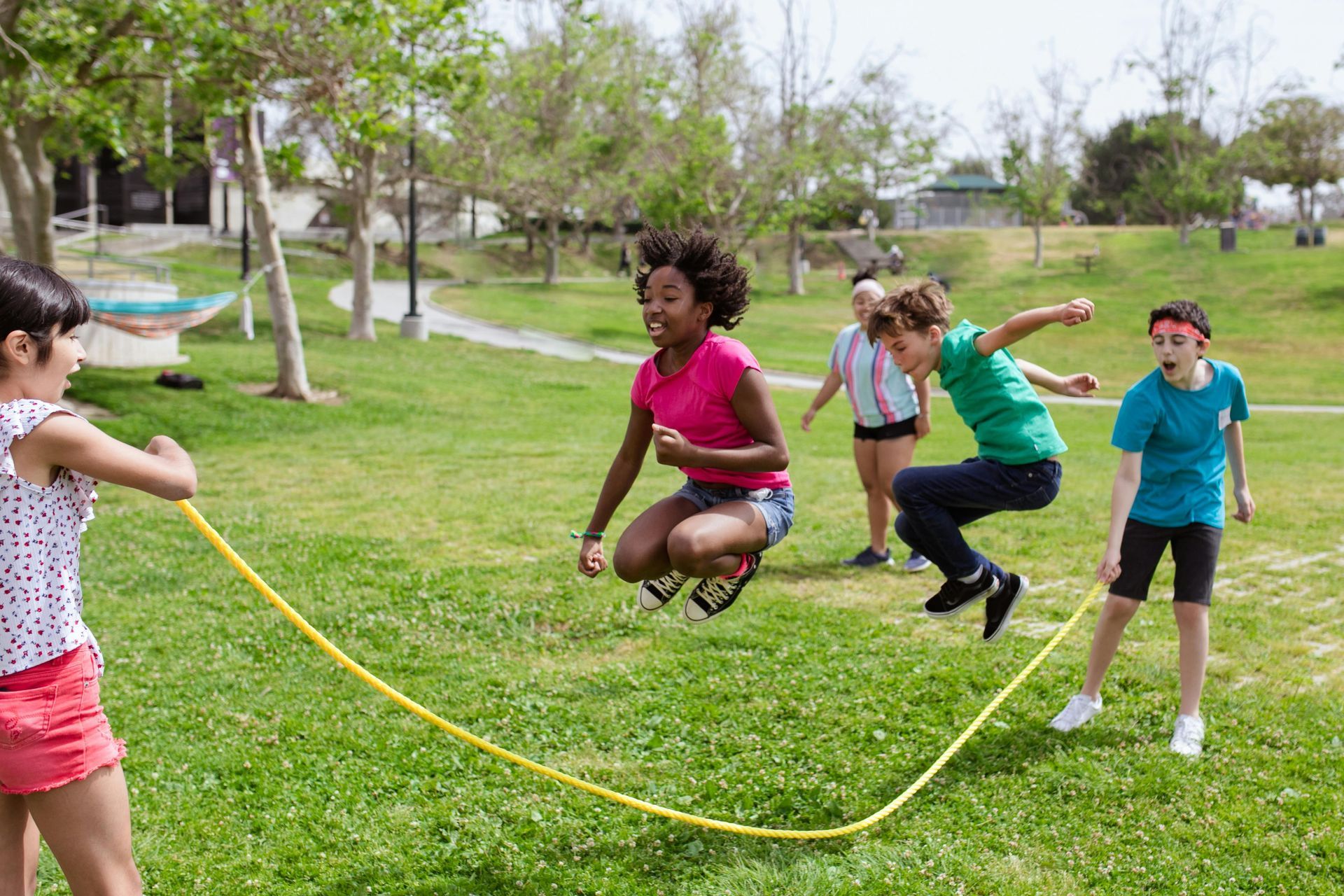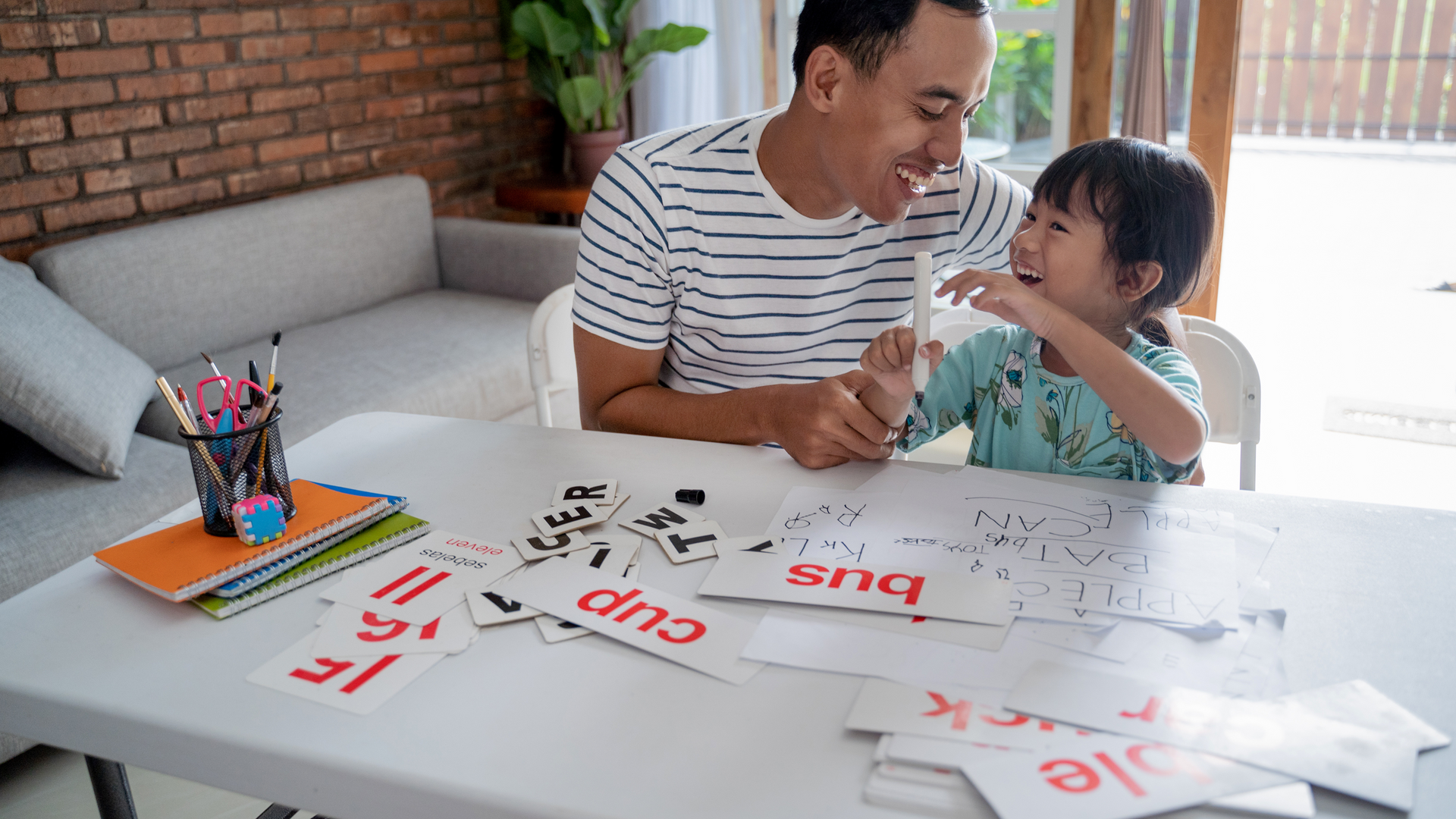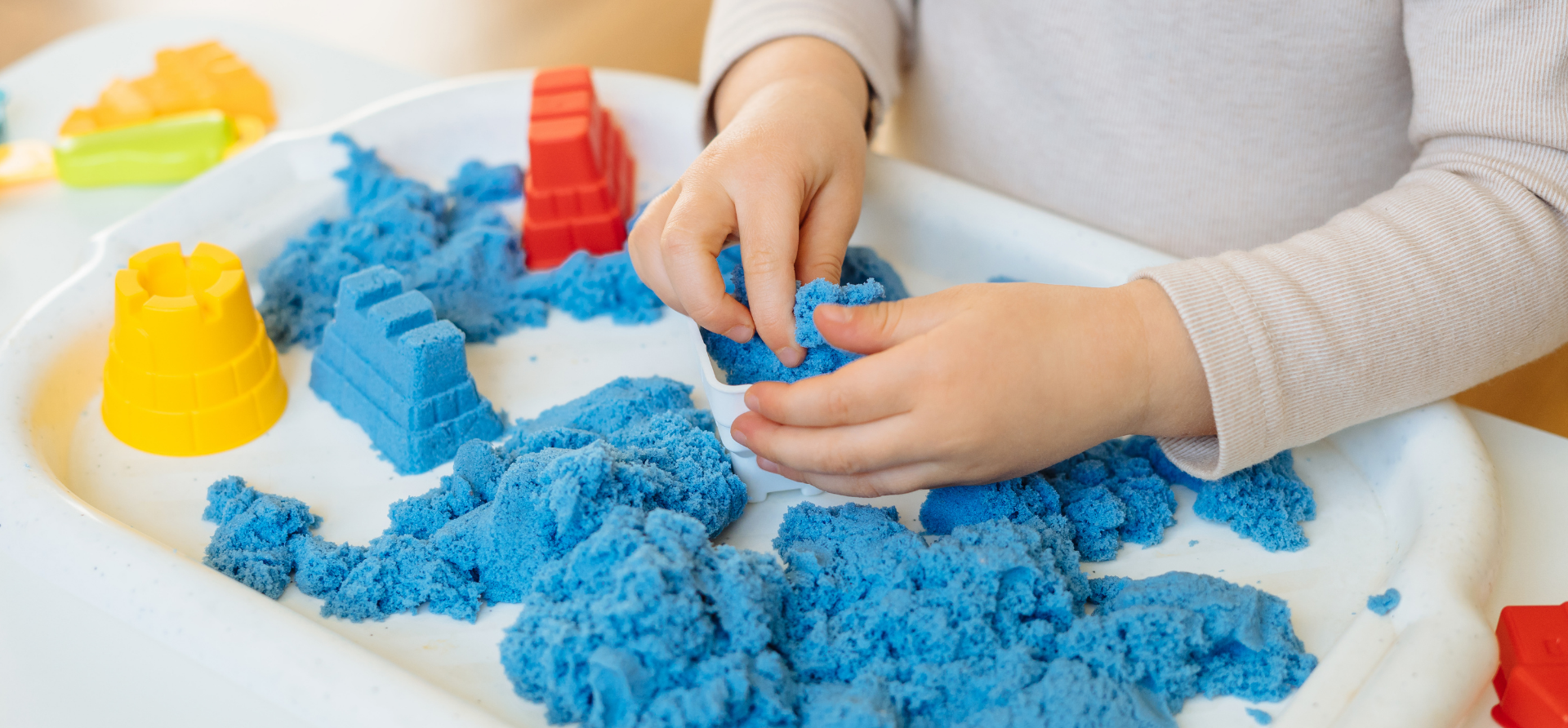The Best Ways to Encourage Emotional Intelligence in Your Preschooler

As parents, one of the most important things we can do for our children is to help them develop emotional intelligence. Emotional intelligence (EQ) is the ability to recognize, understand, manage, and influence our emotions and the emotions of others. It plays a crucial role in a child’s overall development, affecting their ability to form relationships, manage challenges, and succeed in both academic and social settings.
Preschool is a pivotal time for children to start developing their emotional intelligence. During these early years, children are learning how to regulate their emotions, communicate effectively, and navigate social interactions with their peers. As preschoolers start to explore their emotions, they need guidance and support to understand and manage them in a healthy way.
At Storybook School Orlando, we understand the importance of nurturing emotional intelligence in our students. In this blog post, we’ll explore the best ways to encourage emotional intelligence in your preschooler, both at home and in the classroom, and why this skill is so vital for their future success.
1. Lead by Example: Model Emotional Intelligence Yourself
Children learn by observing the adults around them, so one of the most powerful ways to encourage emotional intelligence is by modeling it yourself. When you show your child how to express emotions in a healthy and constructive way, they are more likely to imitate those behaviors.
Here are a few ways to model emotional intelligence for your preschooler:
- Express Your Emotions Clearly: When you experience emotions, whether positive or negative, be open about them. For example, saying “I’m feeling frustrated because I can’t find my keys, but I’m going to take a deep breath and keep looking” teaches your child that it’s okay to feel upset and that there are productive ways to handle those emotions.
- Use Emotional Vocabulary: Help your child build an emotional vocabulary by using words like happy, sad, angry, frustrated, excited, and worried when talking about your feelings. By incorporating these words into daily conversations, you give your child the tools they need to articulate their own emotions.
- Show Empathy: When your child is upset, validate their feelings by saying things like “I understand that you’re feeling sad because you dropped your toy. It’s okay to feel that way, but let’s work together to clean it up.” Showing empathy teaches your child that their feelings are important and worthy of attention.
By modeling emotional intelligence in your everyday life, you provide a solid foundation for your child to develop these skills themselves.
2. Teach Your Preschooler to Recognize and Name Their Emotions
Before children can manage their emotions, they must first be able to recognize and name them. Helping your preschooler identify what they’re feeling is the first step toward building emotional intelligence.
Here are some strategies for teaching your child to recognize and name their emotions:
- Use a Feelings Chart: A feelings chart is a visual tool that helps children identify and name their emotions. It typically includes faces showing different emotional expressions, such as happy, sad, angry, and scared. You can use the chart as part of your daily routine by asking your child how they’re feeling and encouraging them to point to the corresponding face.
- Discuss Emotions During Storytime: Books are a great way to explore emotions. Read stories with characters who experience different emotions and discuss how they might be feeling. Ask questions like, “How do you think the character feels when they lose their toy?” or “What could the character do to feel better?”
- Create a Feelings Journal: For older preschoolers, a feelings journal can be an effective way to track emotions. Encourage your child to draw pictures of how they feel each day and talk about the events that might have caused those feelings.
When children are able to recognize their emotions and label them, they gain the ability to process their feelings in a healthier way.
3. Help Your Child Learn to Manage Their Emotions
Once your child can recognize and name their emotions, the next step is teaching them how to manage them. Emotional regulation is an important skill that helps children navigate the ups and downs of life without becoming overwhelmed by their emotions.
Here are some techniques to help your preschooler manage their emotions:
- Teach Deep Breathing: Deep breathing is a simple and effective tool for managing strong emotions. When your child starts to feel upset, guide them through deep breathing exercises. Encourage them to take slow, deep breaths, inhaling through their nose and exhaling through their mouth. This technique can help calm their nervous system and give them a moment to regain control.
- Use a Calm-Down Corner: A calm-down corner is a designated space where your child can go when they’re feeling overwhelmed. It can be a cozy spot with pillows, soft toys, or a calming sensory item. When your child is upset, encourage them to take a break in the calm-down corner and practice self-regulation strategies like breathing or reading a book.
- Offer Choices: Giving your child choices allows them to feel in control of their emotions. For example, if your child is upset about a transition, you can say, “You can choose to clean up your toys now, or you can take five more minutes before we clean up. Which one would you like to do?” Giving children choices helps them feel empowered and reduces frustration.
By teaching your child these emotional regulation strategies, you equip them with the tools they need to manage their emotions in a healthy way.
4. Encourage Empathy and Perspective-Taking
Empathy is a cornerstone of emotional intelligence. Encouraging your preschooler to consider how others might feel helps them develop a deeper understanding of emotions and how their actions affect others.
Here are some ways to foster empathy and perspective-taking in your preschooler:
- Discuss How Others Might Feel: When your child is interacting with others, talk about how the other person might be feeling. For example, if your child accidentally bumps into a friend, you can say, “I think your friend might feel sad because they got hurt. What can we do to make them feel better?”
- Role-Playing: Role-playing is a fun and engaging way to practice empathy. You can pretend to be different characters in various situations, such as a friend who’s feeling left out or a sibling who’s upset. Encourage your child to think about how the other person might be feeling and how to respond in a compassionate way.
- Praise Empathetic Behavior: When your child shows empathy, be sure to praise them for it. For example, if your child comforts a friend who is upset, you might say, “That was very kind of you to help your friend feel better. You showed a lot of empathy.”
Fostering empathy in your child helps them develop meaningful relationships and navigate social interactions with care and consideration.
5. Encourage Social Skills and Positive Peer Interactions
Social skills are an essential part of emotional intelligence. Preschool is the perfect time for children to practice interacting with their peers and learning how to navigate social situations.
Here are some ways to encourage social skills and positive peer interactions:
- Model Positive Social Interactions: When interacting with others, model positive behaviors like sharing, taking turns, and using kind words. Encourage your child to use phrases like “please,” “thank you,” and “I’m sorry” when appropriate.
- Facilitate Playdates: Playdates provide children with an opportunity to practice social skills in a safe, structured environment. During playdates, encourage your child to share toys, collaborate on activities, and communicate with their friend.
- Teach Conflict Resolution: Conflicts are a natural part of social interactions. Teach your child how to resolve conflicts by calmly discussing the issue and finding a solution. For example, if two children want to play with the same toy, you can guide them by saying, “Let’s take turns with the toy. You can have it for five minutes, and then it will be your friend’s turn.”
By encouraging positive social skills, you help your child build strong relationships and develop emotional intelligence in their interactions with others.
6. Support Your Child’s Emotional Growth in Preschool
Preschool plays a significant role in helping children develop emotional intelligence. At Storybook School Orlando, we create a nurturing environment where children learn to express their emotions, build social skills, and practice empathy. Our preschool teachers are trained to recognize the individual emotional needs of each child and provide them with the support they need to thrive.
Through structured activities, social interactions, and one-on-one guidance, we work with your child to foster emotional intelligence in a way that’s both fun and meaningful.
The strategies outlined in this blog post not only help foster emotional intelligence but also contribute to a well-rounded early childhood experience. As we mentioned in our article
7 Advantages of Early Childcare Enrollment, early enrollment in high-quality childcare programs provides numerous benefits, including emotional development. Furthermore, for parents wondering about childcare options throughout the year, our post
Is Daycare All Year Round? Here’s the Truth explains how year-round childcare can provide continuous emotional support and consistency for your child’s development.
Conclusion
Encouraging emotional intelligence in your preschooler is one of the best ways to set them up for success in school and in life. By teaching them to recognize and manage their emotions, fostering empathy, and encouraging positive social interactions, you help your child develop the skills they need to navigate the world around them with confidence and compassion.
At Storybook School Orlando, we are dedicated to nurturing the emotional development of every child. Through individualized care, structured activities, and a strong partnership with parents, we ensure that each child receives the support they need to thrive emotionally, socially, and academically.













